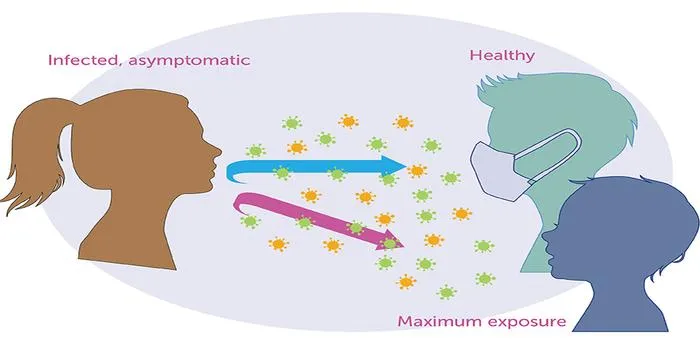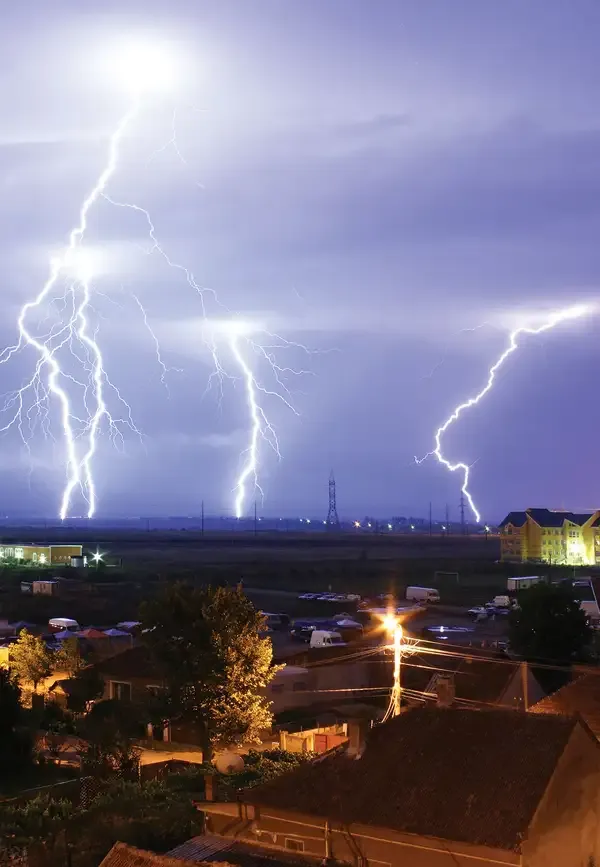- Home >
- Science
- > Technology
The 1916 Shark Attacks That Gave Sharks a Bad Rap
In the summer of 1916, a series of shark attacks along the New Jersey shore captured national attention and fueled widespread fear of sharks. Over twelve days, five individuals were attacked, with four fatalities, leading to a media frenzy that painted sharks as ruthless killers. The events significantly influenced public perception, embedding a deep-seated fear of sharks in popular culture. This period marked a turning point in the relationship between humans and sharks, contributing to their enduring reputation as menacing predators.

The summer of 1916 marked a turning point in the public perception of sharks. A series of gruesome attacks along the New Jersey coast led to widespread fear and misunderstanding of these ocean predators. The ''1916 shark attacks'' not only resulted in several fatalities but also ignited a media frenzy that painted sharks in a terrifying light. This article delves deeper into the events of that summer, the aftermath, and how it shaped the narrative around sharks to this day.
What Happened During the 1916 Shark Attacks?
Between July 1 and July 12, 1916, a series of shark attacks occurred at various locations along the New Jersey shore. The ''first attack'' took place on July 1, when a young boy named Charles Vansant was bitten while swimming at Beach Haven. His injuries were severe, and he succumbed to them shortly after. This was just the beginning of a shocking series of events.
On July 6, another victim, a 27-year-old man named Charles Bruder, was attacked while swimming in the ocean near Spring Lake. Bruder's tragic fate caught the attention of the media, further fueling public fear. And the attacks didn't stop there; on July 12, a group of swimmers, including a young boy named Lester Stillwell, was attacked, resulting in more injuries and panic. These incidents led to a frenzy that had significant repercussions for sharks.
The Media's Role in Shaping Perception
The media played a pivotal role in the way these events were perceived. Newspapers sensationalized the attacks, leading to headlines that struck fear into the hearts of the public. The term "man-eater" became synonymous with sharks, fostering a narrative of them as vicious creatures lurking in every ocean wave. This fear was exacerbated by the lack of scientific understanding of sharks at the time.
During this period, reports of sharks lurking near popular beaches led to mass hysteria. Beachgoers were terrified to swim, fearing they would become the next victim. The ''1916 shark attacks'' became a focal point for anti-shark sentiment, ultimately leading to a decline in shark populations due to increased hunting and culling. This misguided fear continues to influence how sharks are viewed, even over a century later.
Scientific Insights and Misunderstandings
At the time of the attacks, many people believed sharks were indiscriminately violent, leading to the perception of sharks as dangerous predators. However, scientific research has shown that sharks are not the mindless killers they were portrayed to be. They are an essential part of marine ecosystems, playing a vital role in maintaining the balance of ocean life.
Modern research indicates that shark attacks on humans are exceedingly rare. In fact, the ''Florida Museum of Natural History'' states that sharks are more likely to be harmed by humans than the other way around. There are various factors that contribute to shark behavior, including curiosity and mistaken identity, which have been misunderstood throughout history.
The Aftermath of the Attacks
In response to the public outcry following the attacks, local authorities took drastic measures. Shark hunting became rampant, and the state of New Jersey even hired professional shark hunters to track down and eliminate the perceived threat. This led to the killing of numerous sharks, many of which were not involved in the attacks. The ''hysteria surrounding the 1916 shark attacks'' created a devastating impact on shark populations along the Atlantic coast.
The aftermath also prompted a shift in beach safety regulations and public awareness campaigns about ocean safety. However, these efforts were often misdirected, focusing on the elimination of sharks rather than promoting coexistence and understanding of marine life.
Changing Narratives: The Path Forward
Over the years, efforts have been made to change the negative narrative surrounding sharks. Conservation groups and marine biologists have worked tirelessly to educate the public about the ecological importance of sharks. Documentaries, educational programs, and social media campaigns have all contributed to a more balanced understanding of these creatures.
Today, we recognize that fear of sharks is largely unfounded and based on historical misconceptions. The ''1916 shark attacks'' serve as a reminder of how easily fear can spread and shape public perception. Sharks are not the villains of the ocean; rather, they are vital components of the marine ecosystem that need protection to ensure the health of our oceans.
Conclusion
The ''1916 shark attacks'' had a profound impact on the way society views sharks, instilling a culture of fear that persists to this day. However, through education and conservation, we can work towards a future where sharks are respected rather than feared. Understanding the reality of shark behavior and the critical role they play in our ecosystems can help shift the narrative and promote a healthier relationship between humans and marine life.
As we move forward, it's essential to recognize the importance of sharks in maintaining the balance of ocean ecosystems and to advocate for their protection. Only by dispelling the myths and fear surrounding these magnificent creatures can we hope to foster a world where sharks are celebrated rather than vilified.












